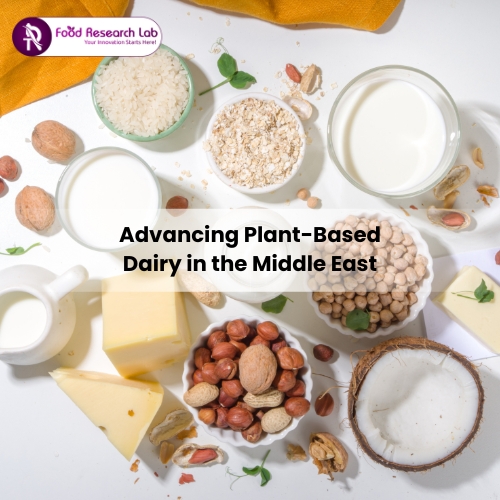4. Fermentation Using Local Probiotic Cultures for Functional Beverages
Fermentation is deeply rooted in the Middle Eastern food culture for making traditional drinks such as Rayeb, Doogh, and laban. Modern science can use indigenous probiotic strains toward the manufacturing of halal-certified, gut-friendly plant-based fermented beverages. [7]






